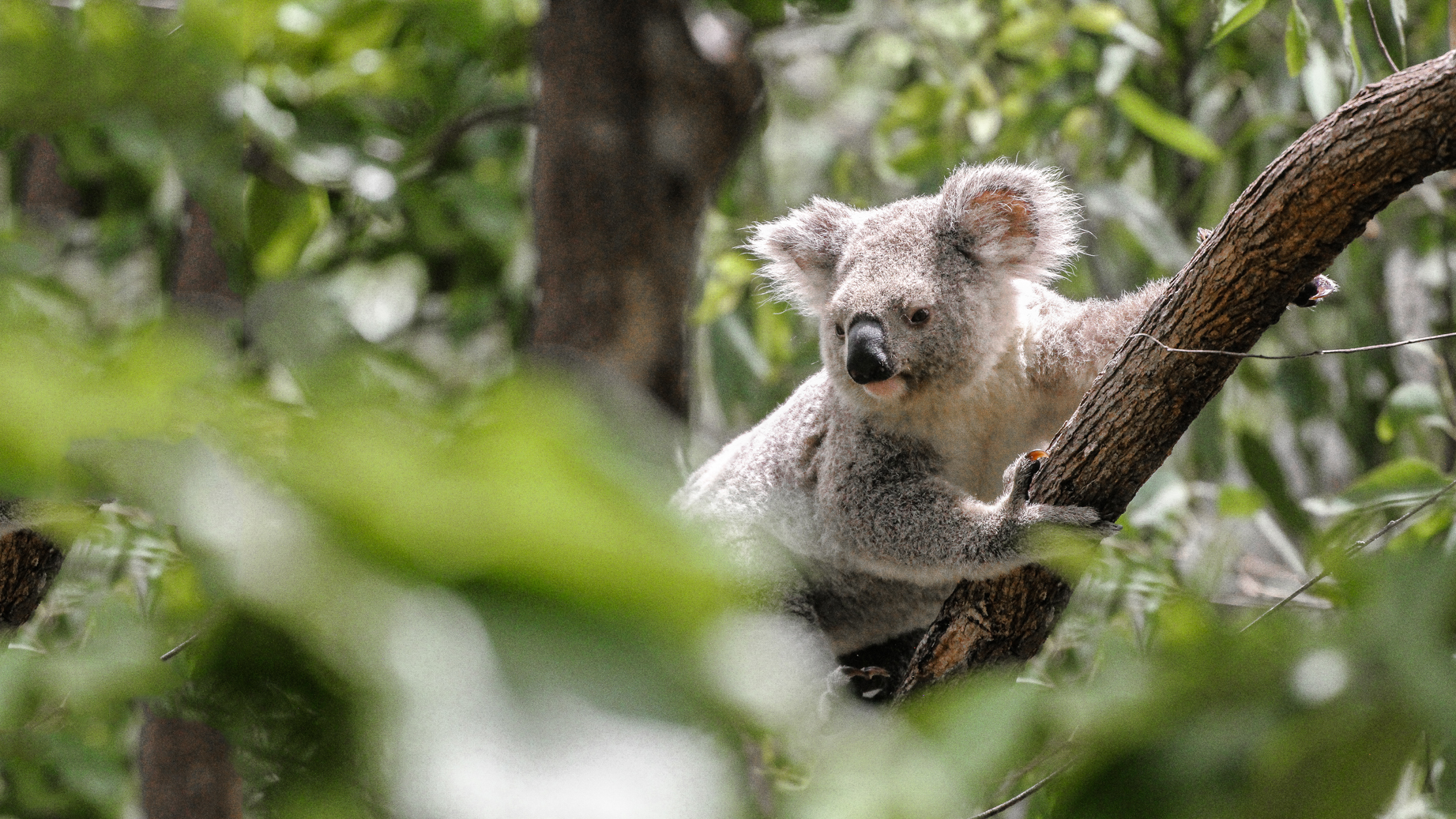Australia is home to four native species of flying-foxes (grey-headed, black, little red and spectacled), all of which play vital roles in pollination and seed dispersal. Sadly, flying-fox populations are in rapid decline, with some species now listed as vulnerable or endangered. These magnificent creaturesare increasingly under threat due to climate change, habitat...
Whether it’s the overexploitation of fish stocks, plastic pollution or the warming of the seas, there’s no denying that our oceans are truly up against it. And yet, causes for optimism are shining through, both here in Australia and across this blue planet we call home.
On World Oceans Day 2022, let’s remind ourselves that great work is being done to conserve our oceans and that optimism breeds action.
Here are 5 reasons for ocean positivity here in Australia and around the world.
1. Australia’s plastic bans
Australian states have been stepping up. As of June this year, every mainland Australian state and Territory has outlawed plastic bags, with further nationwide bans of straws, drink stirrers, cutlery, polystyrene, plates and bowls among others to come over the next few years.
Because of these bans, Australia is a world leader in the fight against marine plastic pollution.
2. Antarctic Marine Protected Areas
Australia has led a coalition of 15 nations and the European Union to create a network of Antarctic Marine Protected Areas (MPAs) (5). The first MPA came along in 2009, followed by a Ross Sea MPA in 2015 – adding 1.55 million square kms to the protection. If a current proposal for a network of MPAs is successful we will see vast swathes of the Southern Ocean closed to fishing and other extractive activities, safeguarding this critical ecosystem for years to come.
3. Protecting our High Seas
Open oceans are those seas beyond national jurisdictions, and for the whole of human history the bounty of the open sea has been up for grabs. Now with overfishing reducing world fish stocks to a fraction of their original abundance, it is crucial that those areas far from shore are protected.
In an effort to bring conservation measures to open seas, the UN will meet again this year to conclude a High Seas Treaty. One hundred countries have already agreed on the need for a strong and robust High Seas Treaty which will be a powerful tool to regulate fishing, shipping, as well as deep sea mining.
4. CITES Panama 2022
Later this year, the Convention of the International Trade in Endangered Species (CITES) will meet in Panama to coordinate efforts to conserve plants and animals threatened by international trade. Signatory nations agree to ban or regulate trade for CITES listed species.
Each meeting presents the opportunity for more and more threatened species of marine wildlife to be provided protection. As one of the most imperilled, and traded, groups of animals on the planet, sharks will be a key focus.
HSI is hoping species like blue sharks, the most frequently caught shark in the world with nearly 60 million killed each year, have their best opportunity for international protection when new listings will be decided in November this year.
5. Conservation Success Stories
The vast majority of ocean conservation issues seem as though they’ve only just begun, or have a long way to go, or may even seem impossible to solve. But optimism can be had in the knowledge that we have already seen some amazing success stories in the marine conservation space.
Humpback whales and green turtles are two cases of species that were severely threatened by hunting, that are now seeing incredible population recoveries following protection. Now, even blue, bowhead, fin and sei whale populations are also growing globally (IUCN).
The oceans nourishes our minds, bodies and souls. It provides us with the air we breathe and the food many people eat. Caring for the ocean is much about caring for ourselves. So this World Oceans Day, in a sea of bad news, take heart in positive steps being taken for the ocean, and know that together, we can halt the decline and repair the damage. Together, we can continue to thrive on our blue planet.
References
1. Jambeck J, Geyer R, Wilcox C, Siegler TR, Perryman M, Andrady A, Narayan R (2015) Plastic waste inputs from land into the ocean. Science, Vol 347, Issue 6223, pp. 768-771. DOI:10.1126/science.1260352
2. Baulch S, Perry C (2014) Evaluating the impacts of marine debris on cetaceans. Marine Pollution Bulletin, Volume 80, Issues 1–2, 15 March 2014, Pages 210-221
3. Wilcox C, Van Sebille E, Hardesty BD (2015) Threat of plastic pollution to seabirds is global, pervasive, and increasing. PNAS 112 (38) 11899-11904. https://doi.org/10.1073/pnas.1502108112
4. Schuyler Q, Hardesty BD, Wilcox C, Townsend K (2014) Global Analysis of Anthropogenic Debris Ingestion by Sea Turtles. Conservation Biology, Volume28, Issue1, Pages 129-139.
5. https://www.antarctica.gov.au/news/2021/momentum-builds-for-southern-ocean-protection/


